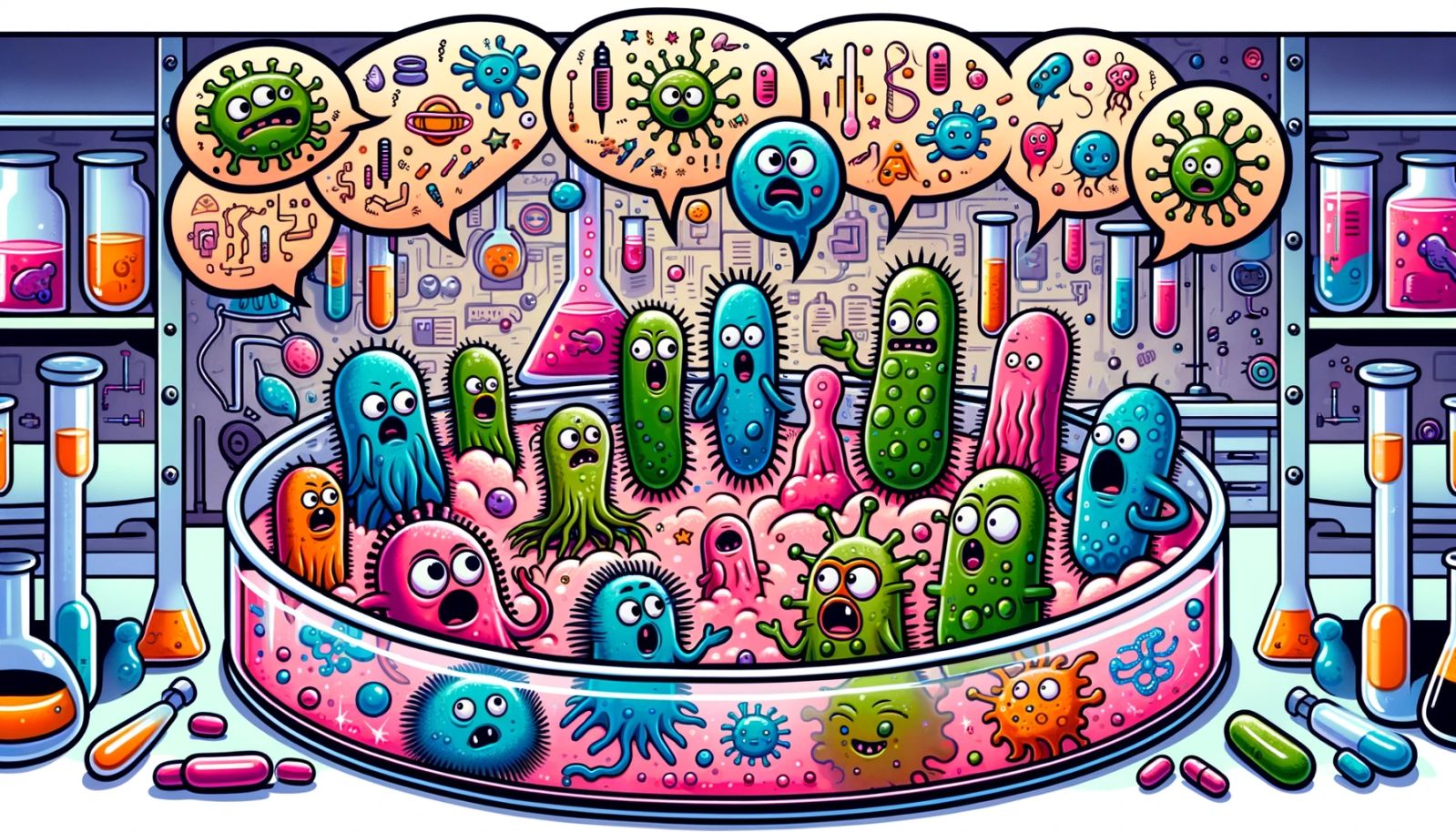Unlocking the Language Secrets of Bacteria Through AI
Published by Cédric,
Author of the article: Cédric DEPOND
Source: Angewandte Chemie International Edition
Other Languages: FR, DE, ES, PT
Author of the article: Cédric DEPOND
Source: Angewandte Chemie International Edition
Other Languages: FR, DE, ES, PT
Follow us on Google News (click on ☆)

The initial project had already uncovered that disrupting bacterial communication is an effective strategy against multidrug-resistant bacteria. Bacteria communicate through small molecules to coordinate their infections. The team showed that blocking these molecules reduces inflammation and makes bacteria more susceptible to antibiotics.
In this new phase of research, scientists, including doctoral student Christopher Jonkergouw, analyzed roughly 170 known bacterial languages. They employed a combination of machine learning and laboratory experiments to study the similarities and differences among these languages. The analysis aimed at disrupting harmful bacteria and constructing useful "bacterial logic circuits."
The method began with a machine learning analysis that grouped the languages into clusters based on the molecular structure of their signaling molecules. The resulting groups consisted of languages that were similar to each other and distinct from those in other clusters, akin to human languages. For instance, English, French, and Dutch would form one group, while Arabic and Hebrew would form another.
The team then experimentally demonstrated that bacteria could understand languages similar to their own. "We conducted a 'bacterial language test' and found that bacteria using very similar languages could understand one another, just as a Dutch person might grasp a bit of German. We also tested communication between bacteria using very different languages and observed they could not understand each other at all," explains Christopher Jonkergouw.
These findings allow for a precise estimation of the relationships between bacterial languages and predict their mutual understanding. These insights are invaluable for refining treatment approaches and also have implications in biotechnology. Bacterial languages can be used to coordinate tasks among groups within bacterial communities or even in bacterial microprocessors.